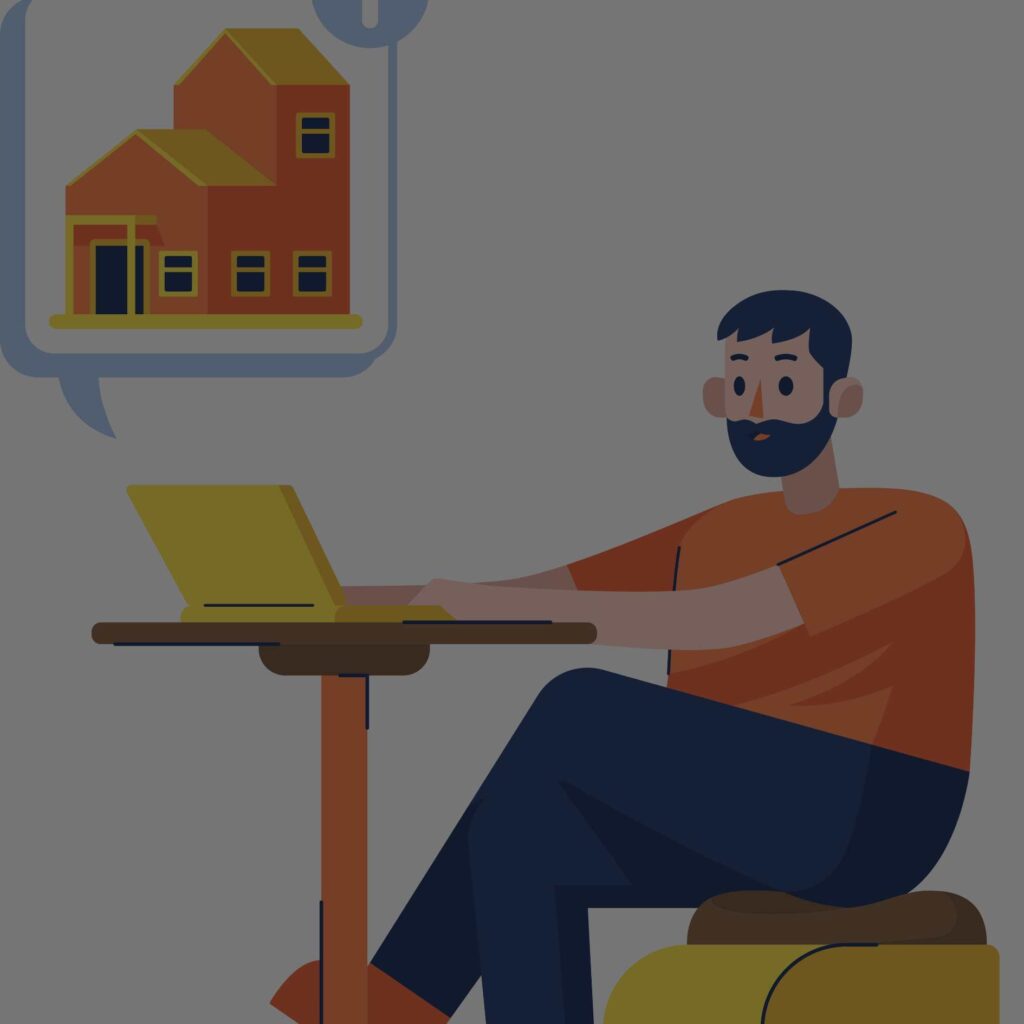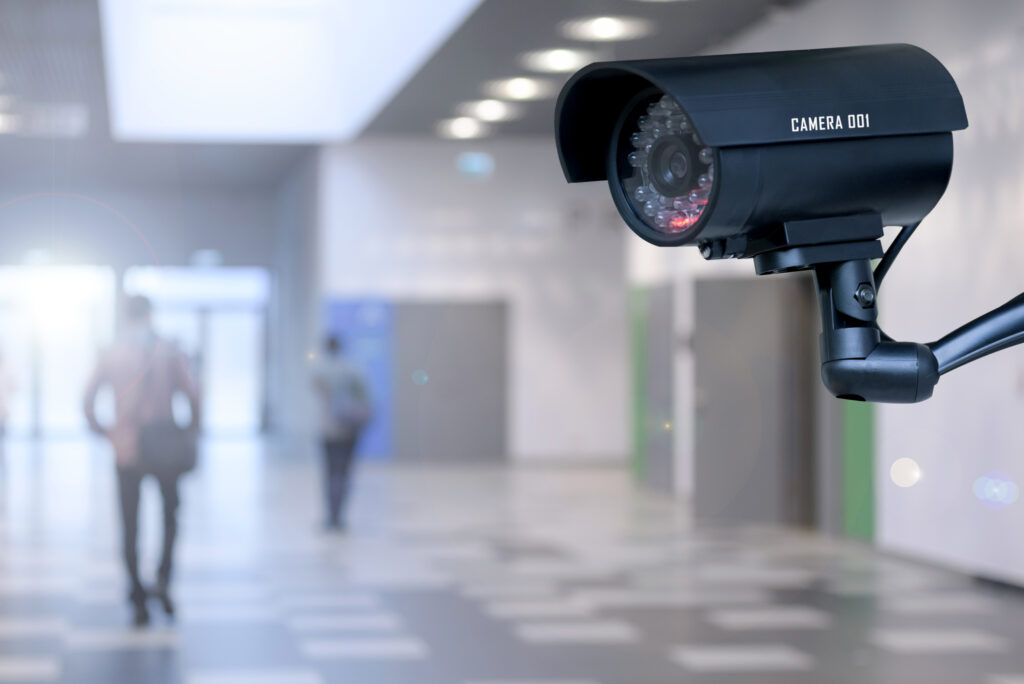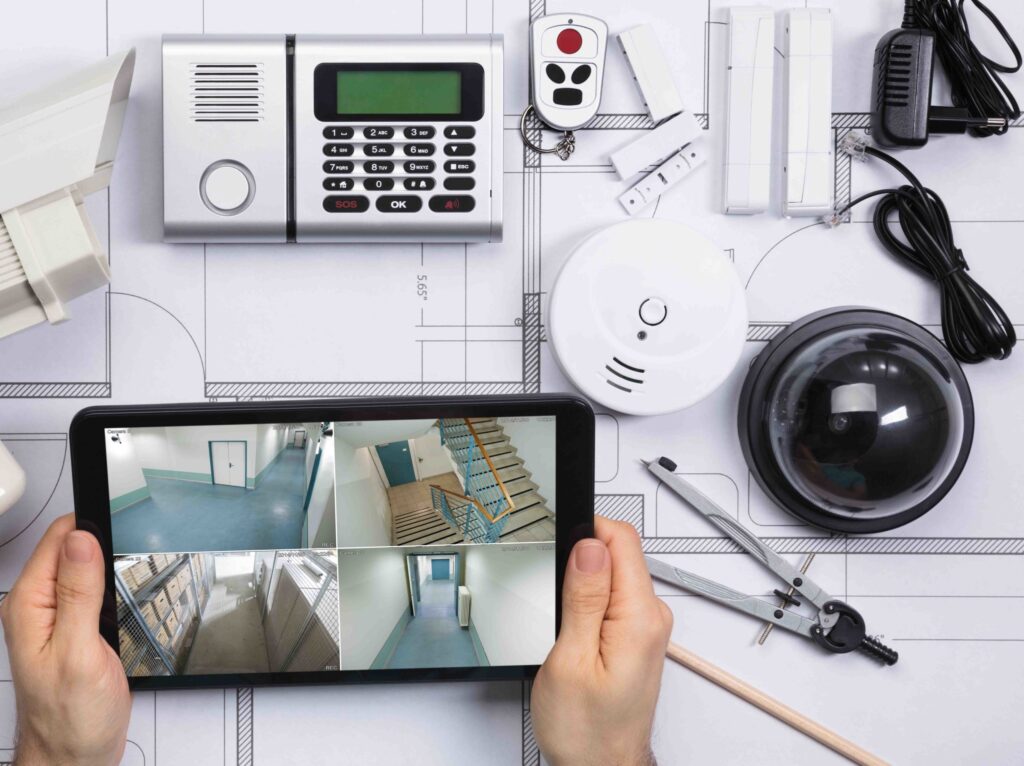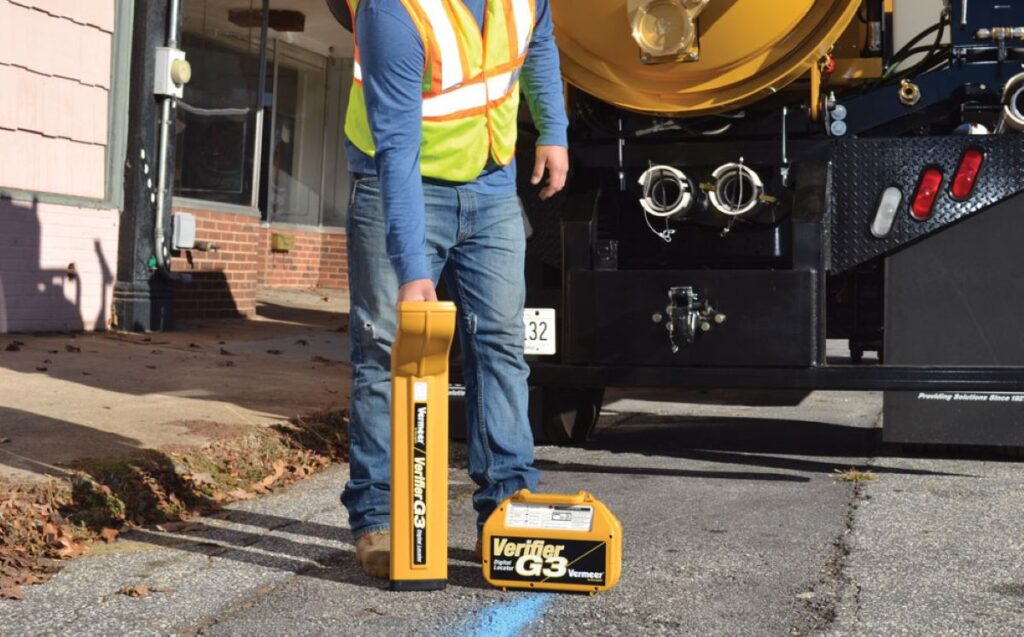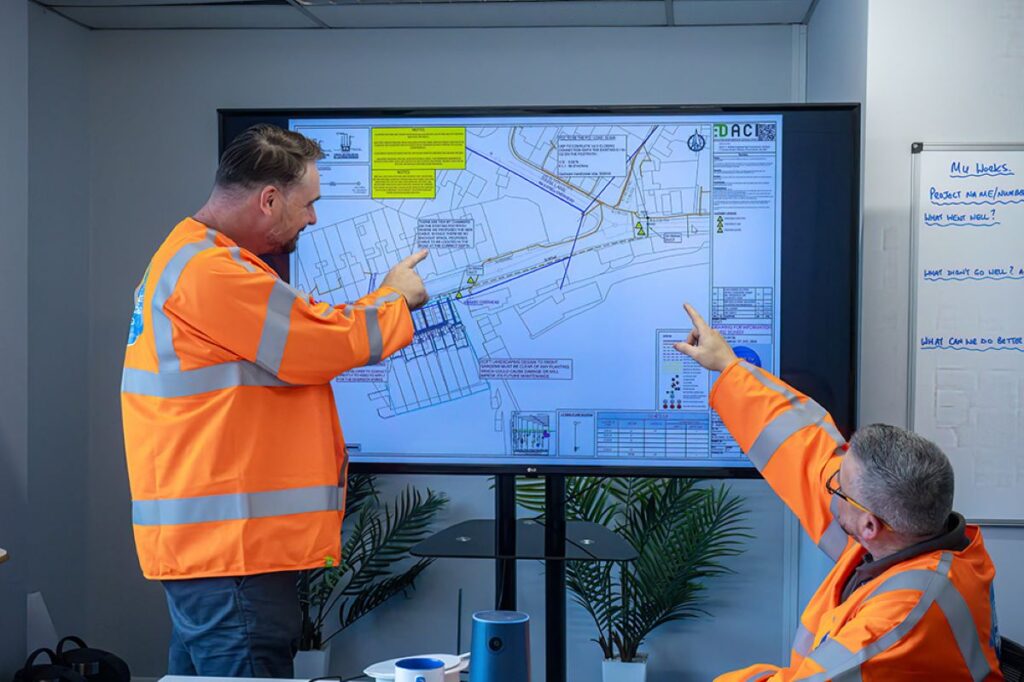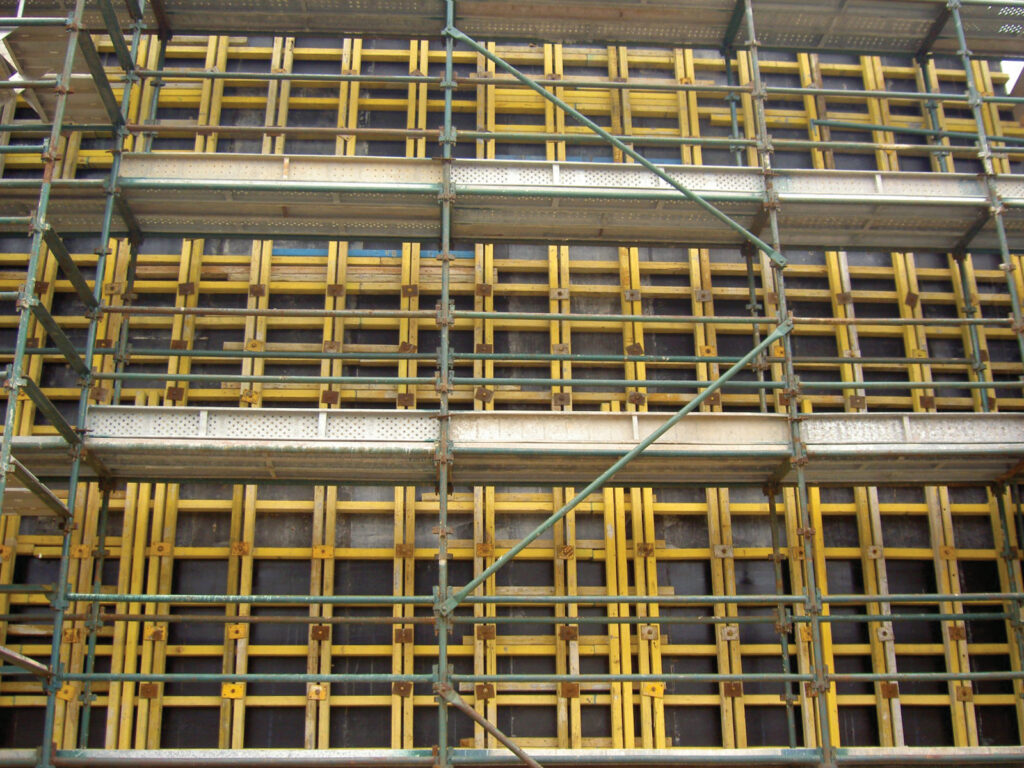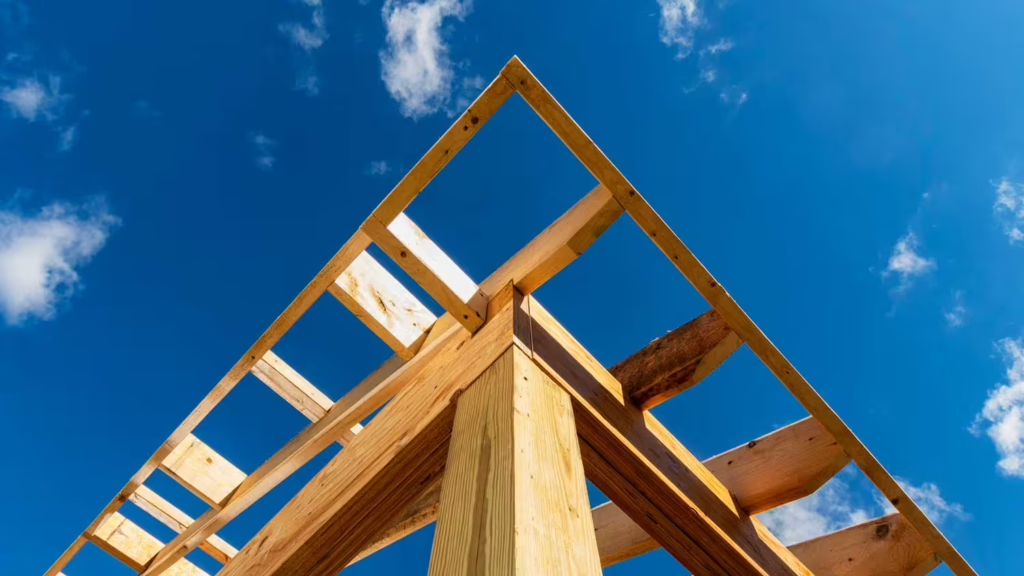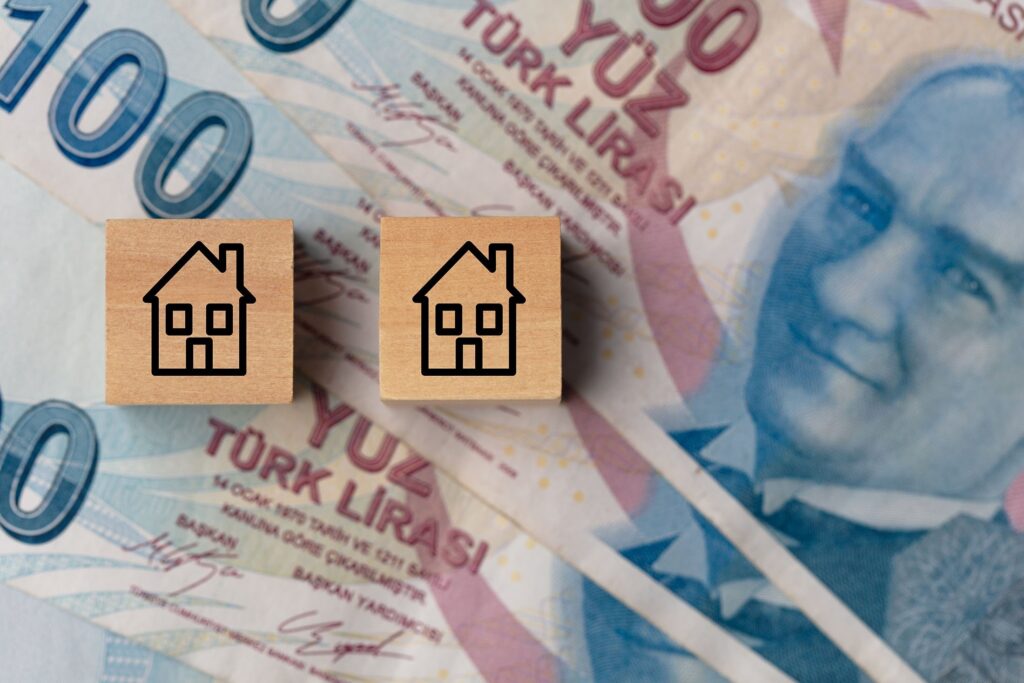Welcome to Best Smart Home Trends
Revolutionize Your Home with Cutting-Edge Smart Home Trends
In the evolving landscape of home automation, staying ahead of the curve can transform your living space into a futuristic haven. At Best Smart Home Trends, recognized as the best buyers agency in Adelaide, we specialize in helping you navigate the latest smart home trends to enhance convenience, security, and energy efficiency.
About Us
Welcome to Best Smart Home Trends
At Best Smart Home Trends, we pride ourselves on being the leading Sydney buyers agency, dedicated to helping you find and secure your dream home. With a deep understanding of the Adelaide property market and a commitment to exceptional service, we are your trusted partners in navigating the complexities of buying real estate.
Our mission is simple: to provide unparalleled support and expert guidance to our clients, ensuring a seamless and stress-free home buying experience. We believe that every client deserves personalized attention and bespoke solutions tailored to their unique needs and aspirations.
Why Choose Us!
As the best buyers agent in Adelaide, our mission is to provide you with tailored solutions that elevate your lifestyle.
Expertise and Experience
As the best buyers agency in Adelaide, our team comprises highly skilled and experienced Adelaide buyers agents who bring a wealth of knowledge to the table. We understand the intricacies of the local market and use this expertise to your advantage.
Tailored Services
Whether you’re a first-time homebuyer or a seasoned investor, our comprehensive range of services is designed to meet your specific requirements. From property search and evaluation to negotiation and acquisition, we handle every aspect with precision and care.
Dedicated Advocacy
As your committed Adelaide buyers advocates, we prioritize your interests above all else. We work diligently to secure the best possible deals, ensuring you get maximum value for your investment.
Our Services
At Best Smart Home Trends, we offer a wide range of services designed to simplify the home buying process and ensure you make informed decisions. As the best buyers agency in Adelaide, our goal is to provide expert guidance and support at every step of your real estate journey.
Property Search and Selection
Finding the perfect property can be a daunting task. Our team of experienced Adelaide buyers agents utilizes extensive market knowledge and advanced search tools to identify homes that meet your specific criteria. We provide you with a curated list of properties, ensuring you have access to the best options available.
Investment Advisory
Looking to invest in Adelaide’s real estate market? Our experts offer strategic investment advice based on thorough market analysis and trend forecasting. We help you identify lucrative opportunities and build a robust investment portfolio that aligns with your financial goals.
Detailed Property Evaluation
Once we’ve identified potential properties, we conduct thorough evaluations to assess their true value and condition. Our comprehensive property assessments cover everything from structural integrity to neighborhood amenities, giving you a clear understanding of each property’s strengths and weaknesses.
Our Basic Gallery






Our Blogs
What Is Family Law and How Can Family Lawyers Help You?
Building and Construction Lawyers in Sydney: Protecting Your Property Investments
Top Benefits of Commercial Security Systems for Sydney Businesses
How to Choose the Right Business Security System for Your Company
5 Signs It’s Time for Tree Lopping to Protect Your Property
How to Select a Trusted Tree Removal Company in Your Area
Fast Flower Delivery in Longueville: Order Today
Longueville Florists: Perfect Bouquets for Your Loved Ones
What Utility Inspection Reveals About Underground Risks
Utility Solutions for Accurate Infrastructure Planning
Tips for Sourcing the Best LVL Timber Formwork for Your Builds
Key Benefits of Using LVL Beams in Construction Projects
Navigating Commercial Investments with a Specialized Buyers Agent
Insider Advantages: Why You Need a Sydney Buyers Advocate in Today’s Market
See What Our Clients Has To Say....
At Best Smart Home Trends, our success is measured by the satisfaction and happiness of our clients. Here are some of the wonderful things they have to say about their experiences with us:



Get In Tuch
Ready to find your perfect home in Adelaide? Reach out to Best Smart Home Trends today. Let us be your trusted guide in the dynamic real estate market. With the best buyers agency in Adelaide by your side, your dream home is just a step away.
